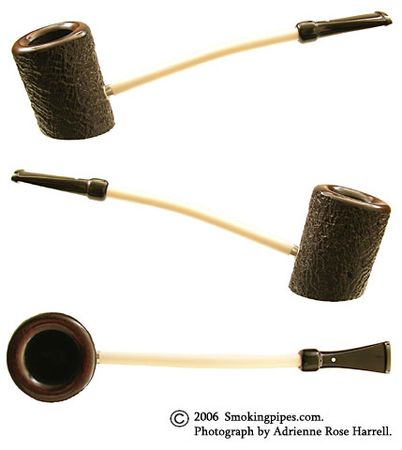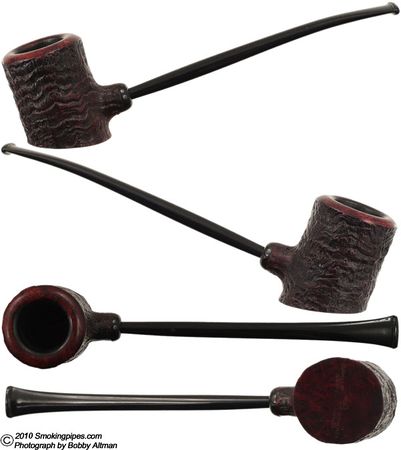Dunhill Shapes
The Poker family is a truly iconic shape configuration with a morphology allowing for the creation of shapes both bucolic and elegant, ranging from hulking, immobile slabs to lithesome, tenuous spires. It is a noble family with a storied lineage that includes the Poker, the Cherrywood, the Friendly, the Don, and, their eccentric cousin, the Duke.Wosbald - christianpipesmokers.net [1].
The Don shape is an iconic Dunhill shape. Many mix up The Don with Duke but, there is a difference. The Don has a short shank, the Duke has no shank and you screw the stem into the bow.
Duke & Don The Duke is a Dunhill design that features a cylindrical bowl with no shank, a bone or vulcanite stem and a poker-type canted bottom. The duke uses a metal ferrule in place of a shank. The Don is the same as a duke except it has a rudimentary shank and a vulcanite bit. Similar pipe shapes are made by other manufacturers and are given different names. Peterson, for instance, makes a don. but calls it a tankard. These pipes are very light and comfortable to smoke.A.S.P. Pipe Parts Charts, by Bill Burney, Copyright 2003-2011.
An elegant pipe to be sure! The Duke was favored by Edward, Prince of Wales, and has often been confused with the Don, which is further confused with the Friendly, the Poker, and the Cherrywood. The Duke has one, consistent distinguishing feature: no shank! Think of the Duke as a group four poker bowl with a very thin stem. The stem is almost always a two-piece contrivance that is composed of a vulcanite bulbed mouthpiece and thin, either vulcanite or bone, stem. The end of the stem is usually fitted with metal (aluminum) and the bowl will have a similar fitted metal receiver. Officially, Dunhill made the Duke (shape numbers 519, 4144, and 41441) in Shell, Tanshell, Red Bark, Bruyere, and Root Briar. Production on this shape began in the mid teens and continues to this day. In addition to the offical finishes, I have obtained unique specimens in Cumberland and Amber Root finishes.Jeff Folloder - See full article here.


